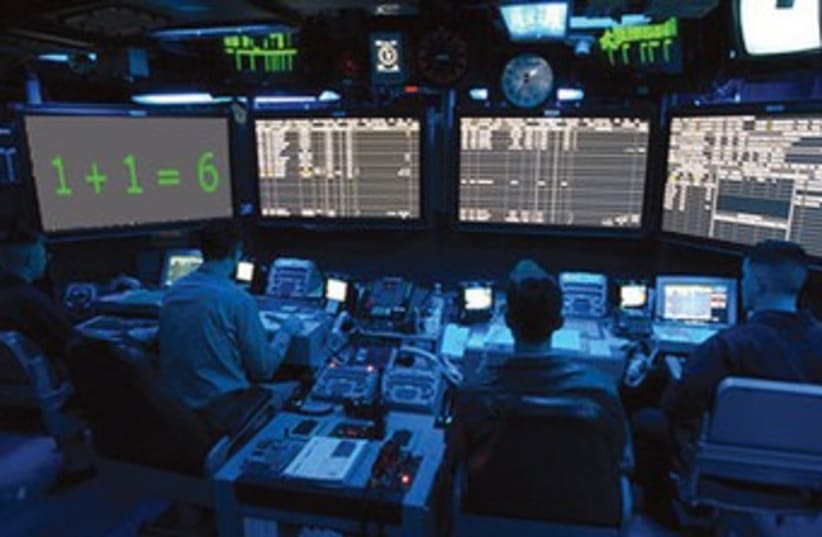Military Affairs: The IDF's silent attack force
Behind the scenes, the IDF’s electronic warfare capabilities have become a key to battlefield victory, not only against rival militaries, but increasingly against terror organizations, such as Hezbollah and Hamas.
